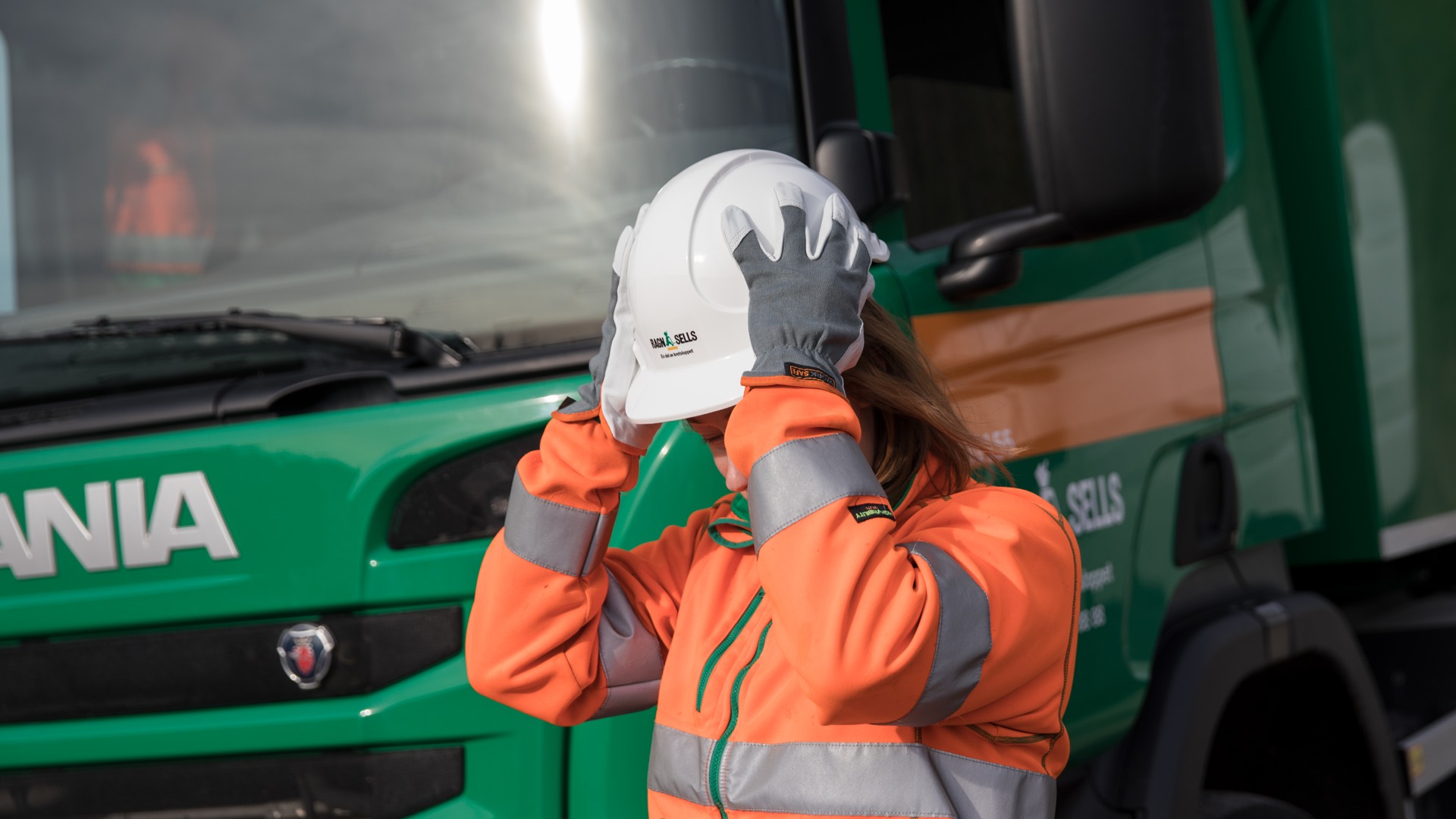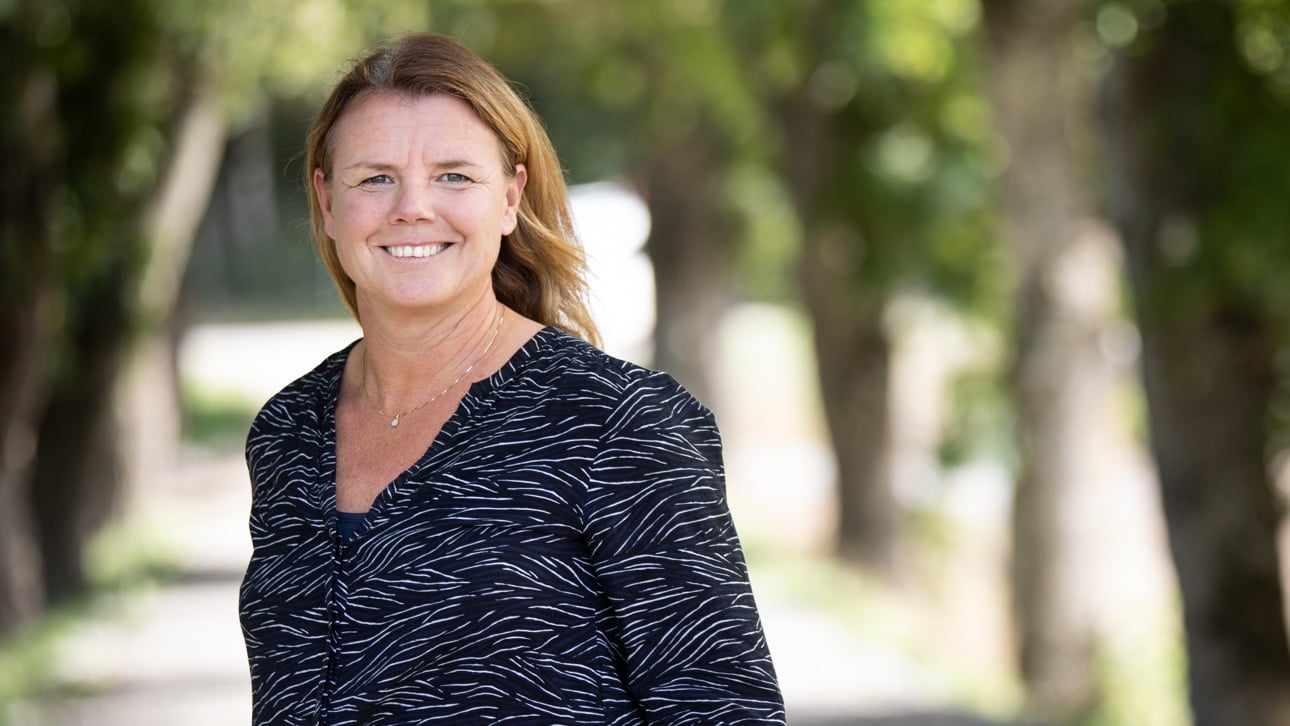
Developing diversity and inclusion as assets
Ragn-Sells believes it’s essential to have a diverse workforce and inclusive culture. But working in a traditionally male-dominated industry can make that challenging and thus all the more necessary.
25 Apr 2022Ragn-Sells views diversity and inclusion as vital resources. It aims for a diverse workforce at all levels and positions, including an even gender balance, and an inclusive culture to welcome that workforce.
These goals are priorities that teams across all the various departments and subsidiaries throughout the Ragn-Sells group are actively working to achieve.
The value of diversity and inclusion
According to Mikael Hedström, CEO for Ragn-Sells Treatment & Detox in Sweden, the key benefit to diversity is the addition of different perspectives.
– I think it enhances the value of discussions and consequently the decisions that we make improve, he explains.
For Caroline Hübenette, HR Manager at Ragn-Sells, diversity and inclusion are also critical for attracting the right people with the right skills who can contribute to the business through increased productivity and understanding of customers.
– We can't afford to exclude people because we don't have diversity and inclusion in place, she adds.
Yet Ragn-Sells operates in sectors of a traditionally male-dominated industry. And that can make reaching out to diverse candidates difficult, as well as getting them to stay.
– It doesn't matter if a company attracts women in the recruitment process, if when they start, they meet a culture that they can't contribute to and work in, says Hübenette.

Caroline Hübenette, HR Managerat Ragn-Sells Treatment & Detox.
Overcoming the challenge of a male-dominated industry
To overcome those challenges, Ragn-Sells has adapted its recruitment process and tries to instil inclusion in the workplace. One major step is ensuring candidates for management positions are evenly balanced in gender.
– We have set the target in all leadership recruitment so that if we have two end candidates, at least one of them should be a woman, says Hedström.
Another approach requires recruitment strategies designed to reach and attract a diverse audience. That means using channels in the recruitment process that are more targeted for candidates, as well as reviewing the content.
– We're working from the candidate's experience, says Hübenette. We ensure we’re using the correct wording and also pictures that reach the candidates with attractive information.
Lastly, the company works to match how it depicts itself to candidates. All new employees must complete training on the Ragn-Sells’ Code of Conduct, which sets the requirements for an inclusive workplace. And there are culture workshops every year in which employees gather and discuss the company’s culture, its importance, and its future.
– We do this in parallel with the recruitment strategies because it's important for us not to say one thing when we're recruiting and then when we are operating as a company, we're doing another, says Hübenette. It needs to match.
Initial success to snowballing effect
The efforts have had some success, though Hedström admits that there’s still more to be done. He notes that the management team is close to a 50/50 split between men and women.
There have also been some shifts in the gender balance for the traditional male-heavy parts of the workforce.
– We have women machine operators that we didn't have before, says Hedström. And I think that is where the big change will need to happen in the future.
– It takes time, says Hübenette, who explains the efforts need to be continuous and they have to keep going.
Victories in diversity and inclusion can be difficult at first, but they build off each other and give the overall process more momentum.
– I think our work with diversity is like a snowball growing, with each step we take, into being a company with a more diverse workforce, concludes Hübenette.